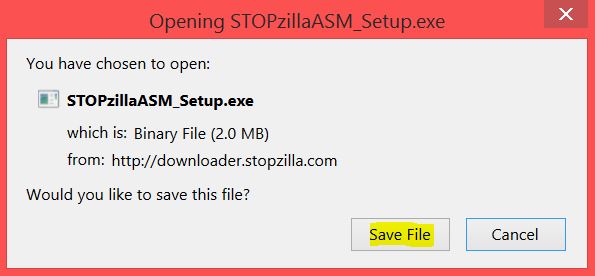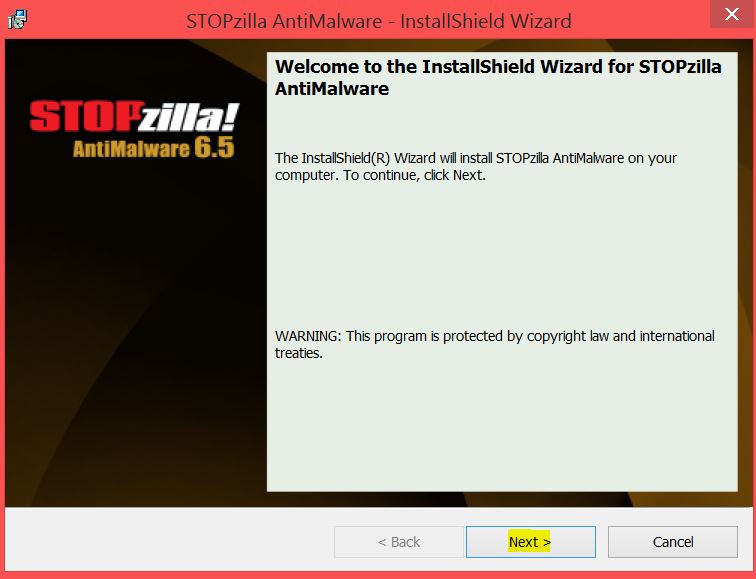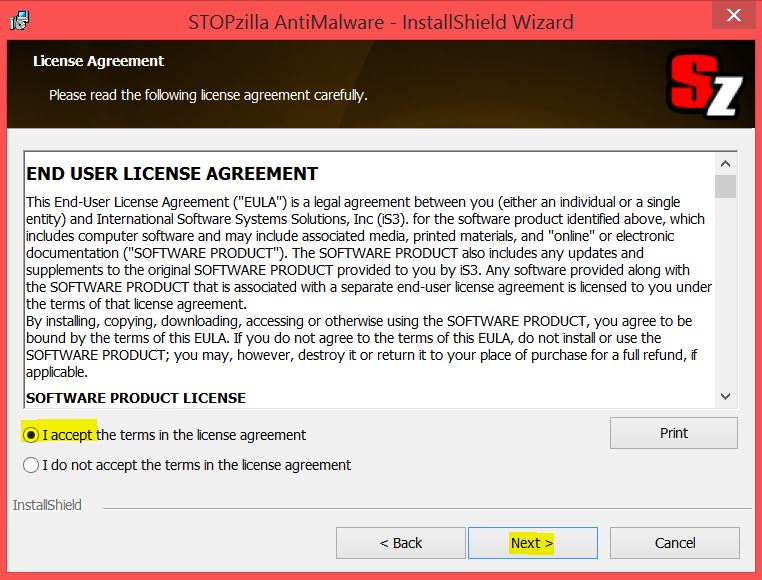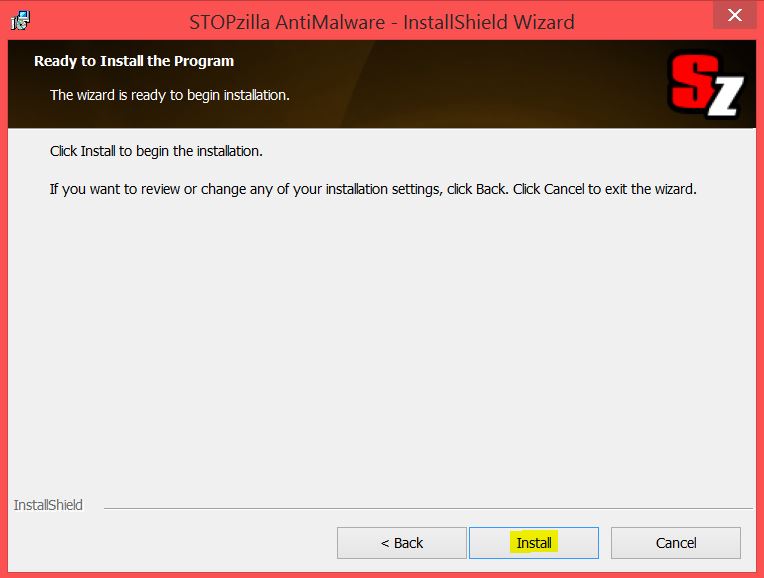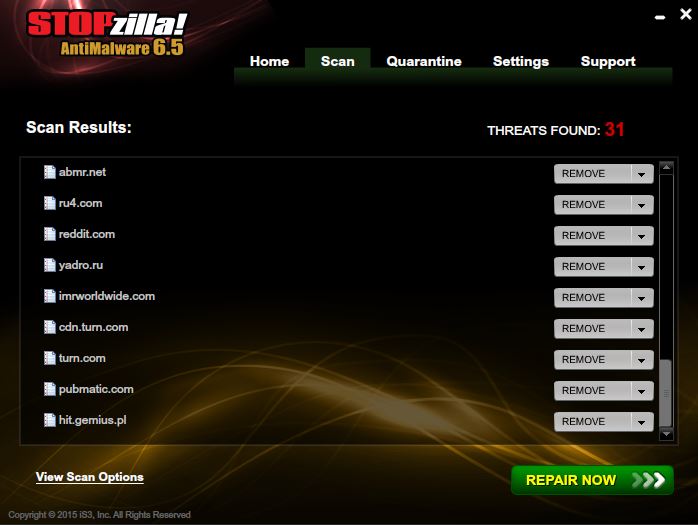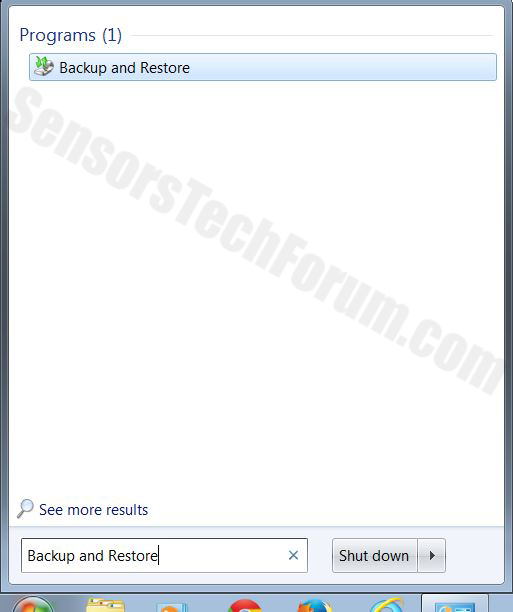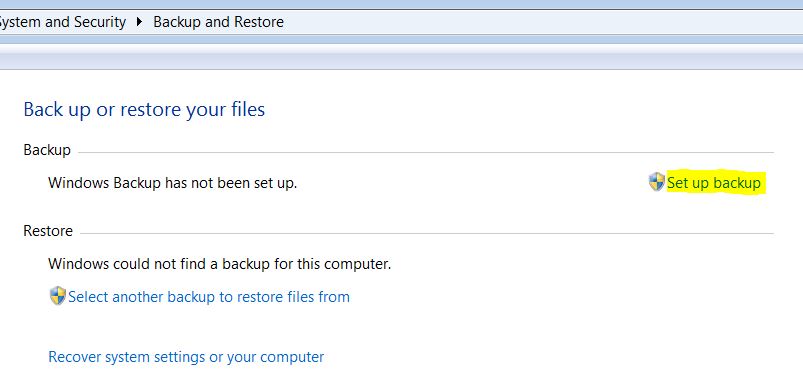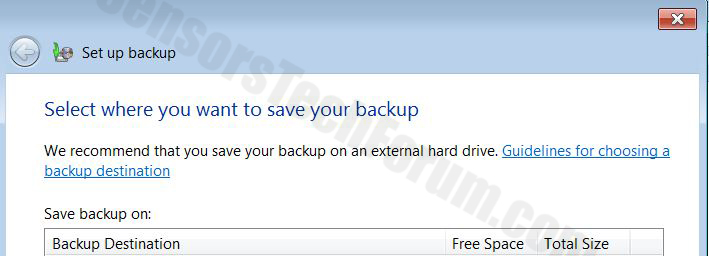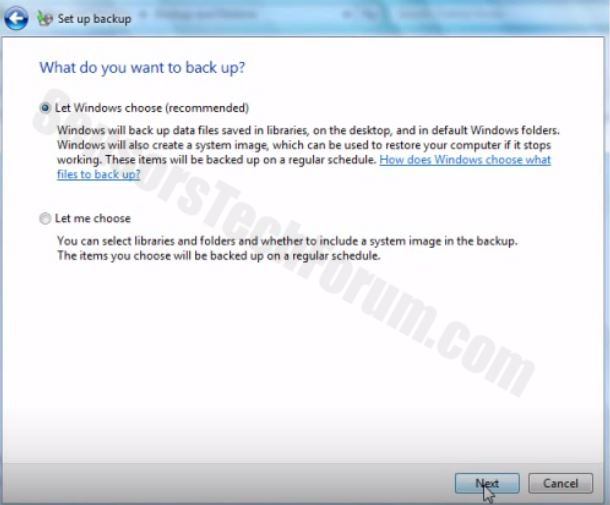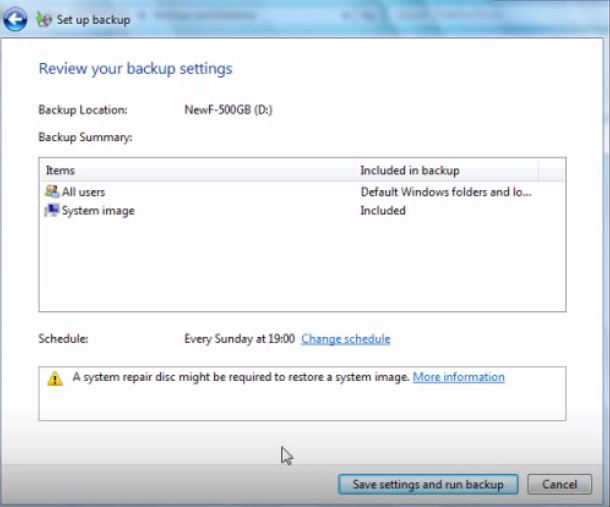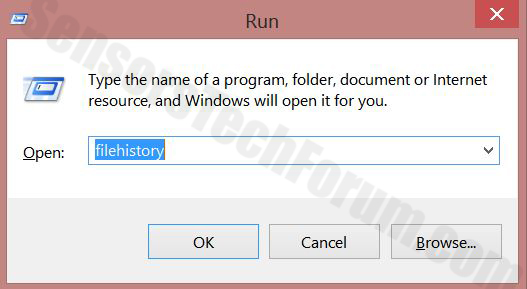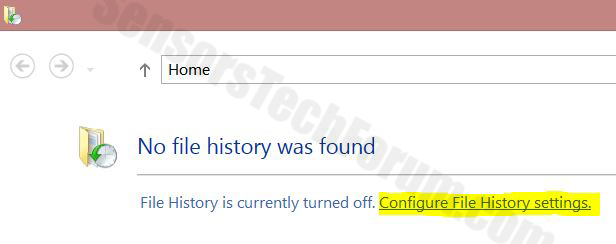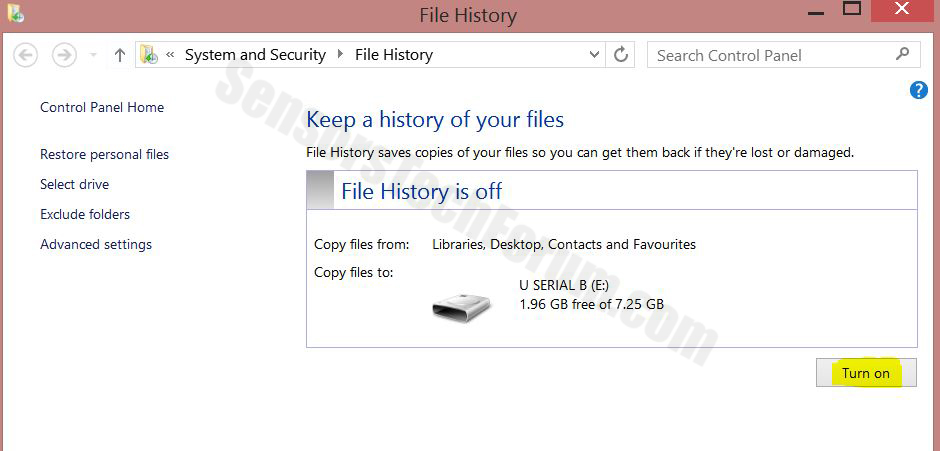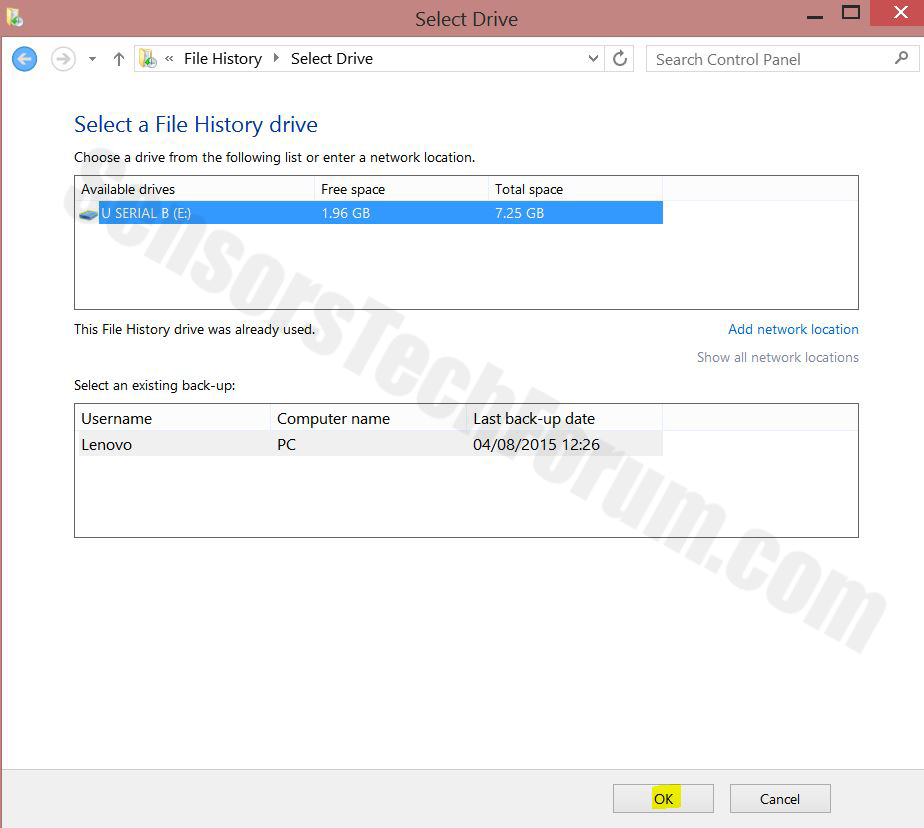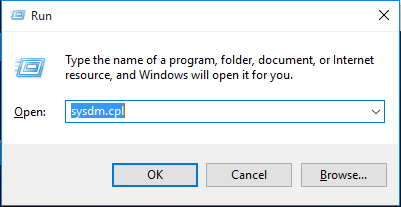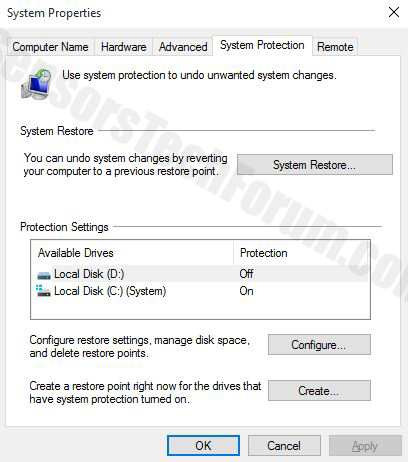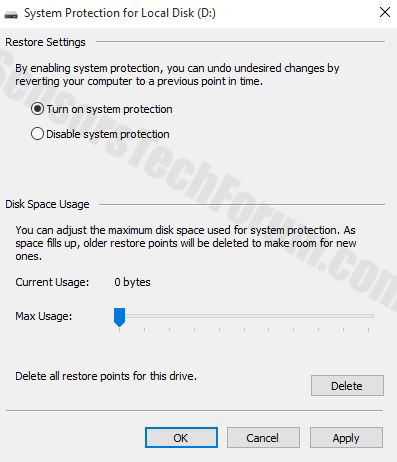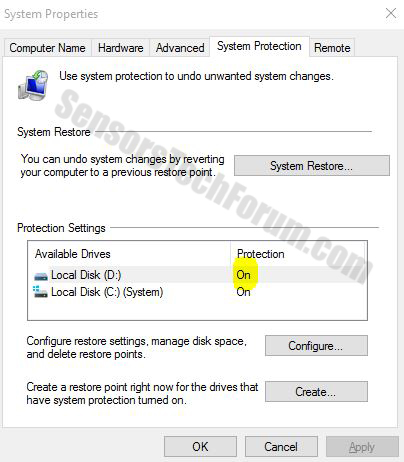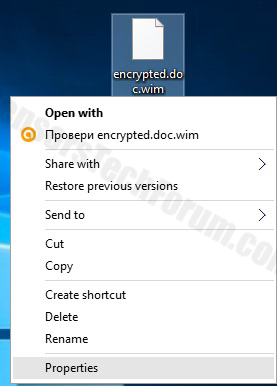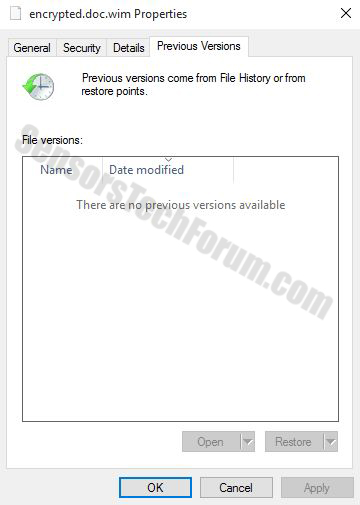A Win64 trojan, detected as Trojan.Win64.Patched.qw has been reported as a high risk type of cyber threat with the potential to be devastating to your computer. The Trojan is usually distributed over infected .exe objects, spam mail, porn sites and via gaming platforms, like Steam. Users are advised to immediately disconnect from the internet in case they have encountered the cyber threat and take measures towards removing it. If left unattended the threat may connect to third-party hosts that may obtain information and cause different damages to your computer.
| Name | Trojan.Win64.Patched.qw |
| Type | Trojan Horse |
| Short Description | The trojan may gain read and write permissions, slow down user PC and gain remote access of the infected machine to other parties. |
| Symptoms | The user may witness a complete freeze that leaves no other option but to manually restart the computer. Also unfamiliar processes that are not genuine may be encountered in Windows Task Manager |
| Distribution Method | Via PUPs that are advertising malicious URLs, spam mails, Steam messages, Skype, Facebook, etc. |
| Detection Tool | Download Malware Removal Tool, to See If Your System Has Been Affected by malware |
| User Experience | Join our forum to discuss about Trojan.Win64.Patched.qw. |
Trojan.Win64.Patched.qw – Distribution
The Trojan has been reported to be distributed in several different ways:
- Via an adware program that is potentially unwanted on your computer. One user reports an adware program, leaving the name Ads by Capricor before seeing the Trojan as a detection.
- Via Skype, Origin or various online communication software.
- Via torrent websites, that may mask it as a crackfix of a downloaded game.
- Via porno sites that may contain malicious redirect scripts.
Trojan.Win64.Patched.qw – What Does It Do
Once activated on the computer via a corrupted executable, the Trojan may immediately affect the PC by modifying system settings and dropping its payload concealed in the following folders:
- %AppData%
- %Temp%
- %Windows%
- %System%
- %User%
Common names for malicious files Trojan.Win64.Patched.qw may create may be:
- svchost.exe
- explorer.exe
- 8d220399d2hd.dll
- SoundPlayer.tmp
- notepad.exe
Similar to other trojans such as Pandemiya Trojan and TrojanSpy:Win32/Nivdort.CT, the malicious threat may create different registry entries that may contain different values, depending on the settings it may modify. An example for those may be the following:
- HKEY_CURRENT_USER\Software\Microsoft\Windows\CurrentVersion\Run with a registry value – (Default) and data – “{89128139128e21_127e17221}”
After modifying the system`s settings the Trojan may open a backdoor and enable third-parties to have a complete access from a remote location directly to your machine. An affected user on Malwarebytes forums(https://forums.malwarebytes.org/index.php?/topic/176764-trojanwin64patchedqw/) has reported the following after being infected with the devastating cyber threat:
→“Sosuja:
Yesterday I was playing serious sam 3 BFE together with a friend of mine and there were no problems exept this annoying ads by capricor us in my Steam shop site and my Skype and Origin ….
But when I stopped playing, Launchy activated itself and I wasn’t able to click anything. After force rebooting Kaspersky detected Trojan.Win64.Patched.qw
and Trojan.Win32.Patched.qw
Now my PC doesn’t work properly at all.
I only can use windows explorer to browse folders no internet no applications, nothing.
I’d appreciate any kind of help.
Thanks”
The damages associated with this particular Trojan are mainly associated with poor PC performance and file deletion as well as theft. Furthermore, cyber criminals may also be able to download other malicious files onto the affected computer such as Ransomware(ex. Cryptowall 4.0), Rootkit(ex. HDRoot Bootkit), Adware (ex. DNS Unlocker), Browser Modifying malware(ex. W32.BrowserModifier/Diplugem) and others.
Removing Trojan.Win64.Patched.qw Completely
In case you have detected this Trojan it is strongly advisable to immediately isolate it by disabling your active Network Adapters. After this we strongly advise you to copy all of your important data somewhere else, change your passwords from a safe PC and then boot your computer into safe mode to disable third-party apps from running. Finally, it is recommended to follow the step-by-step manual below in order to successfully and automatically eradicate this threat from your computer.
Preparation before removing Trojan.Win64.Patched.qw.
Before starting the actual removal process, we recommend that you do the following preparation steps.
- Make sure you have these instructions always open and in front of your eyes.
- Do a backup of all of your files, even if they could be damaged. You should back up your data with a cloud backup solution and insure your files against any type of loss, even from the most severe threats.
- Be patient as this could take a while.
- Scan for Malware
- Fix Registries
- Remove Virus Files
Step 1: Scan for Trojan.Win64.Patched.qw with SpyHunter Anti-Malware Tool



Step 2: Clean any registries, created by Trojan.Win64.Patched.qw on your computer.
The usually targeted registries of Windows machines are the following:
- HKEY_LOCAL_MACHINE\Software\Microsoft\Windows\CurrentVersion\Run
- HKEY_CURRENT_USER\Software\Microsoft\Windows\CurrentVersion\Run
- HKEY_LOCAL_MACHINE\Software\Microsoft\Windows\CurrentVersion\RunOnce
- HKEY_CURRENT_USER\Software\Microsoft\Windows\CurrentVersion\RunOnce
You can access them by opening the Windows registry editor and deleting any values, created by Trojan.Win64.Patched.qw there. This can happen by following the steps underneath:


 Tip: To find a virus-created value, you can right-click on it and click "Modify" to see which file it is set to run. If this is the virus file location, remove the value.
Tip: To find a virus-created value, you can right-click on it and click "Modify" to see which file it is set to run. If this is the virus file location, remove the value.Step 3: Find virus files created by Trojan.Win64.Patched.qw on your PC.
1.For Windows 8, 8.1 and 10.
For Newer Windows Operating Systems
1: On your keyboard press + R and write explorer.exe in the Run text box and then click on the Ok button.

2: Click on your PC from the quick access bar. This is usually an icon with a monitor and its name is either “My Computer”, “My PC” or “This PC” or whatever you have named it.

3: Navigate to the search box in the top-right of your PC's screen and type “fileextension:” and after which type the file extension. If you are looking for malicious executables, an example may be "fileextension:exe". After doing that, leave a space and type the file name you believe the malware has created. Here is how it may appear if your file has been found:

N.B. We recommend to wait for the green loading bar in the navigation box to fill up in case the PC is looking for the file and hasn't found it yet.
2.For Windows XP, Vista, and 7.
For Older Windows Operating Systems
In older Windows OS's the conventional approach should be the effective one:
1: Click on the Start Menu icon (usually on your bottom-left) and then choose the Search preference.

2: After the search window appears, choose More Advanced Options from the search assistant box. Another way is by clicking on All Files and Folders.

3: After that type the name of the file you are looking for and click on the Search button. This might take some time after which results will appear. If you have found the malicious file, you may copy or open its location by right-clicking on it.
Now you should be able to discover any file on Windows as long as it is on your hard drive and is not concealed via special software.
Trojan.Win64.Patched.qw FAQ
What Does Trojan.Win64.Patched.qw Trojan Do?
The Trojan.Win64.Patched.qw Trojan is a malicious computer program designed to disrupt, damage, or gain unauthorized access to a computer system. It can be used to steal sensitive data, gain control over a system, or launch other malicious activities.
Can Trojans Steal Passwords?
Yes, Trojans, like Trojan.Win64.Patched.qw, can steal passwords. These malicious programs are designed to gain access to a user's computer, spy on victims and steal sensitive information such as banking details and passwords.
Can Trojan.Win64.Patched.qw Trojan Hide Itself?
Yes, it can. A Trojan can use various techniques to mask itself, including rootkits, encryption, and obfuscation, to hide from security scanners and evade detection.
Can a Trojan be Removed by Factory Reset?
Yes, a Trojan can be removed by factory resetting your device. This is because it will restore the device to its original state, eliminating any malicious software that may have been installed. Bear in mind that there are more sophisticated Trojans that leave backdoors and reinfect even after a factory reset.
Can Trojan.Win64.Patched.qw Trojan Infect WiFi?
Yes, it is possible for a Trojan to infect WiFi networks. When a user connects to the infected network, the Trojan can spread to other connected devices and can access sensitive information on the network.
Can Trojans Be Deleted?
Yes, Trojans can be deleted. This is typically done by running a powerful anti-virus or anti-malware program that is designed to detect and remove malicious files. In some cases, manual deletion of the Trojan may also be necessary.
Can Trojans Steal Files?
Yes, Trojans can steal files if they are installed on a computer. This is done by allowing the malware author or user to gain access to the computer and then steal the files stored on it.
Which Anti-Malware Can Remove Trojans?
Anti-malware programs such as SpyHunter are capable of scanning for and removing Trojans from your computer. It is important to keep your anti-malware up to date and regularly scan your system for any malicious software.
Can Trojans Infect USB?
Yes, Trojans can infect USB devices. USB Trojans typically spread through malicious files downloaded from the internet or shared via email, allowing the hacker to gain access to a user's confidential data.
About the Trojan.Win64.Patched.qw Research
The content we publish on SensorsTechForum.com, this Trojan.Win64.Patched.qw how-to removal guide included, is the outcome of extensive research, hard work and our team’s devotion to help you remove the specific trojan problem.
How did we conduct the research on Trojan.Win64.Patched.qw?
Please note that our research is based on an independent investigation. We are in contact with independent security researchers, thanks to which we receive daily updates on the latest malware definitions, including the various types of trojans (backdoor, downloader, infostealer, ransom, etc.)
Furthermore, the research behind the Trojan.Win64.Patched.qw threat is backed with VirusTotal.
To better understand the threat posed by trojans, please refer to the following articles which provide knowledgeable details.


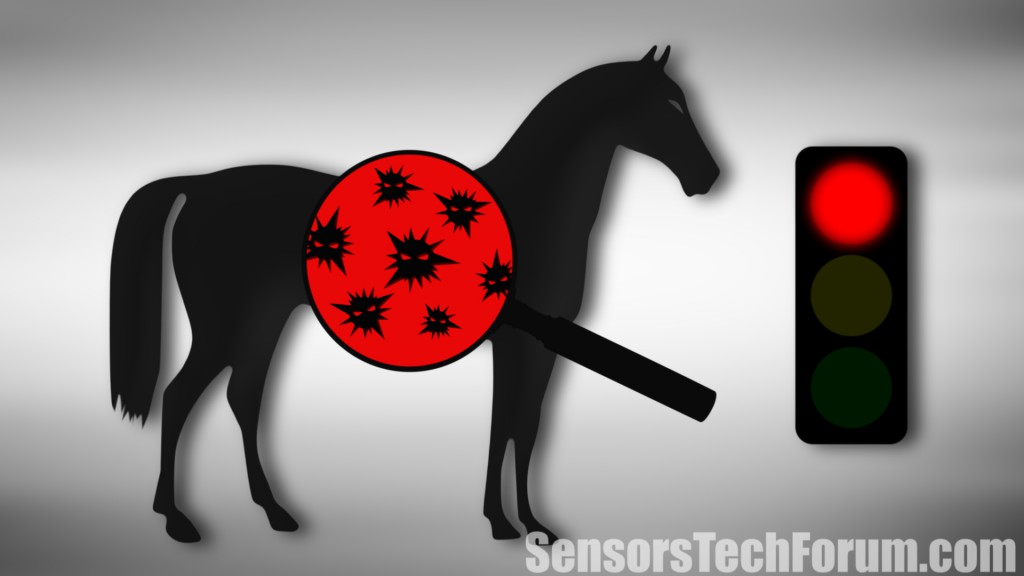
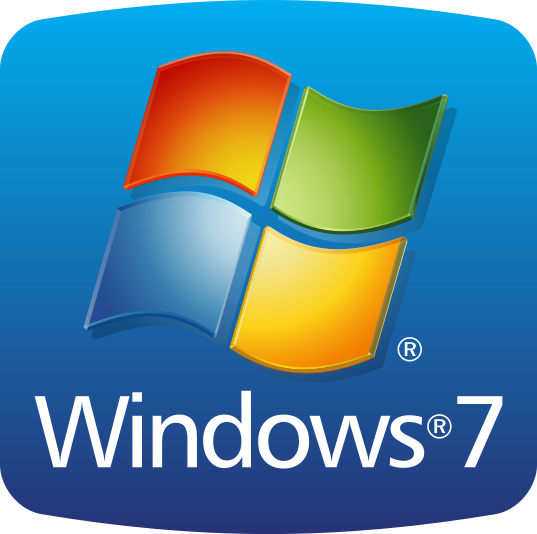 1. For Windows 7,XP and Vista.
1. For Windows 7,XP and Vista.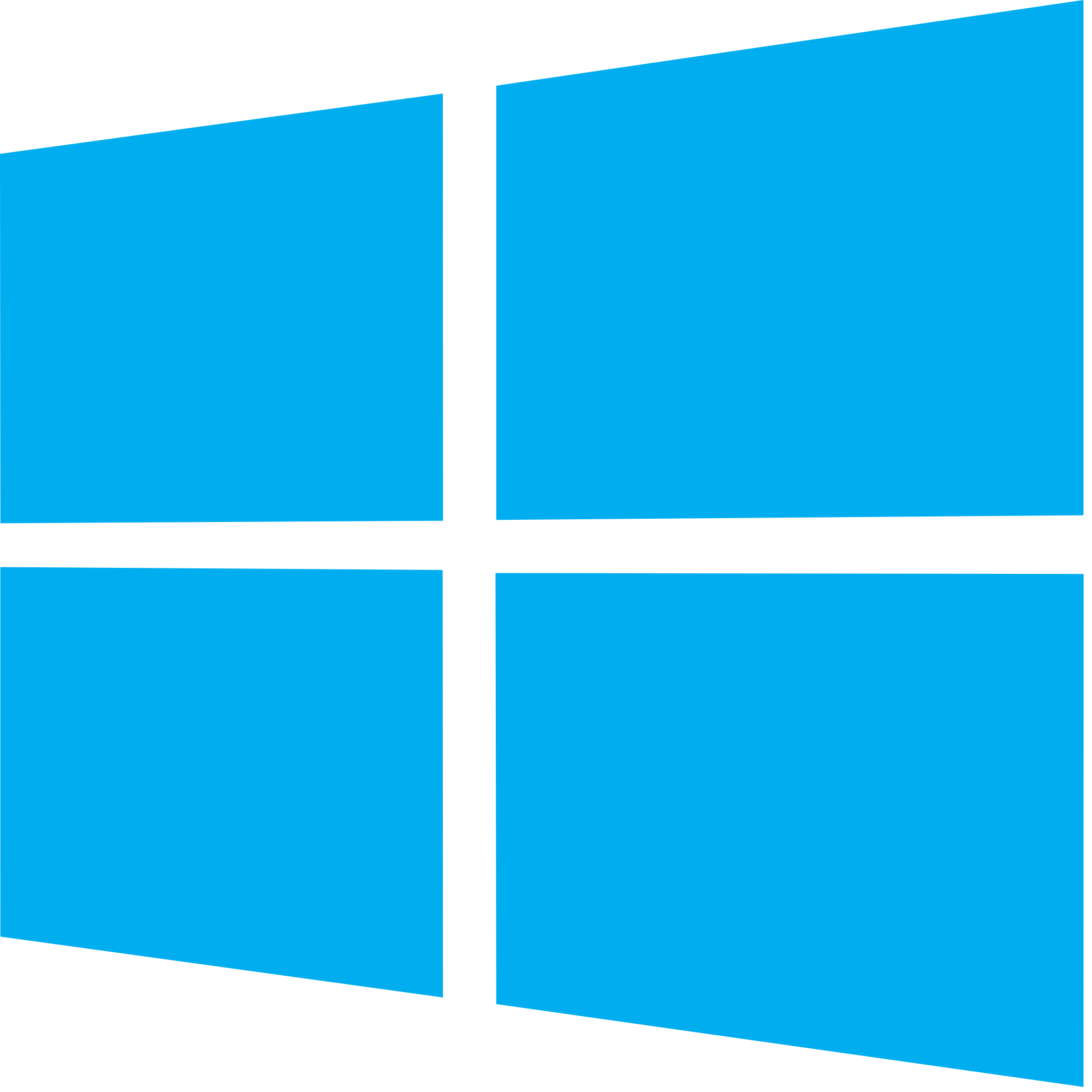 2. For Windows 8, 8.1 and 10.
2. For Windows 8, 8.1 and 10.
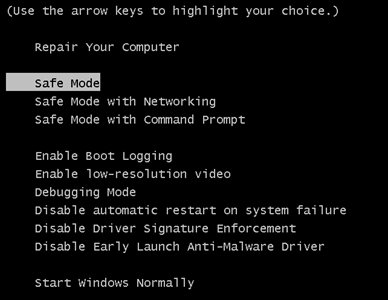
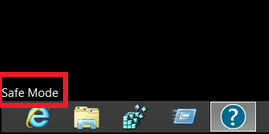
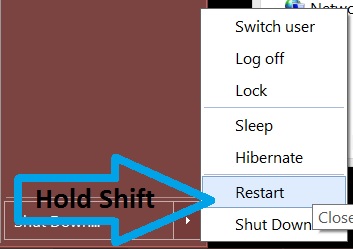
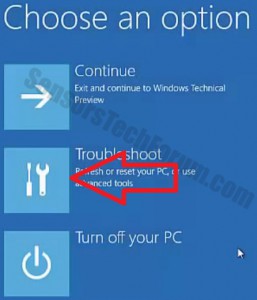
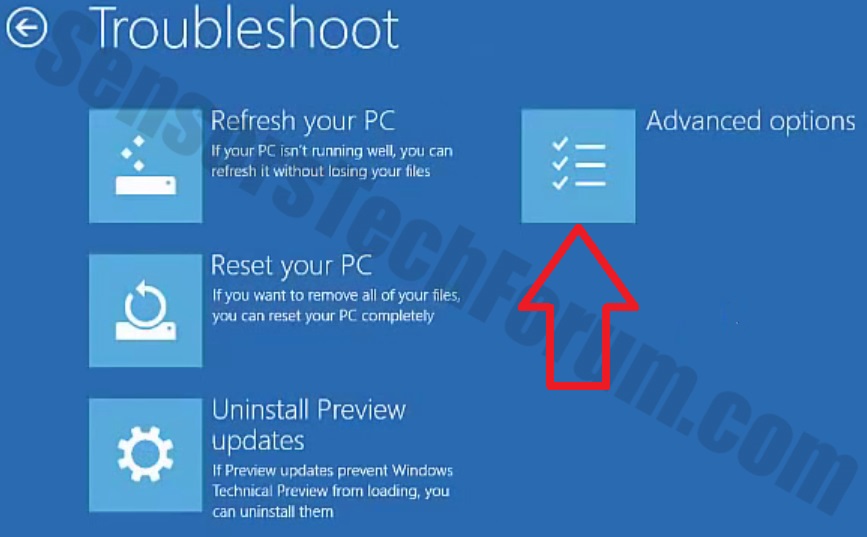
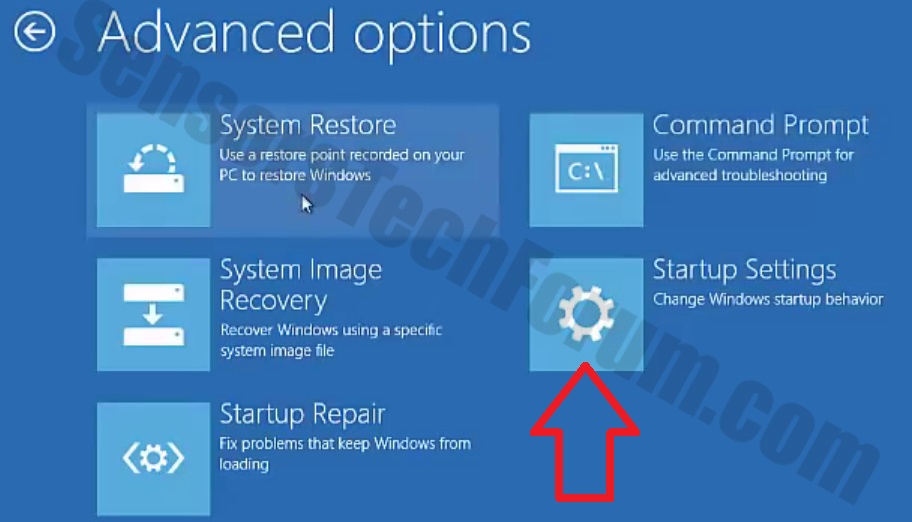
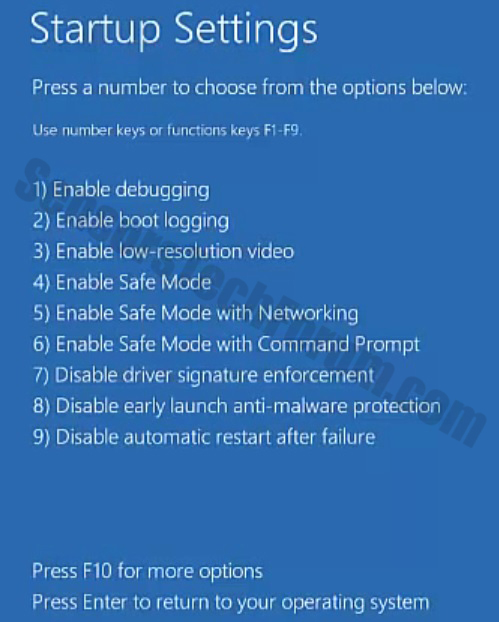
 1. Install SpyHunter to scan for and remove Trojan.Win64.Patched.qw.
1. Install SpyHunter to scan for and remove Trojan.Win64.Patched.qw.
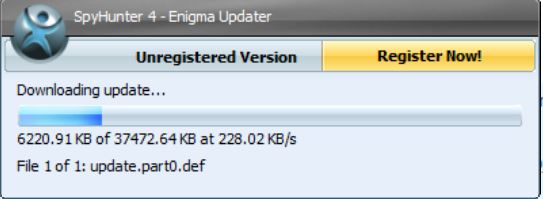
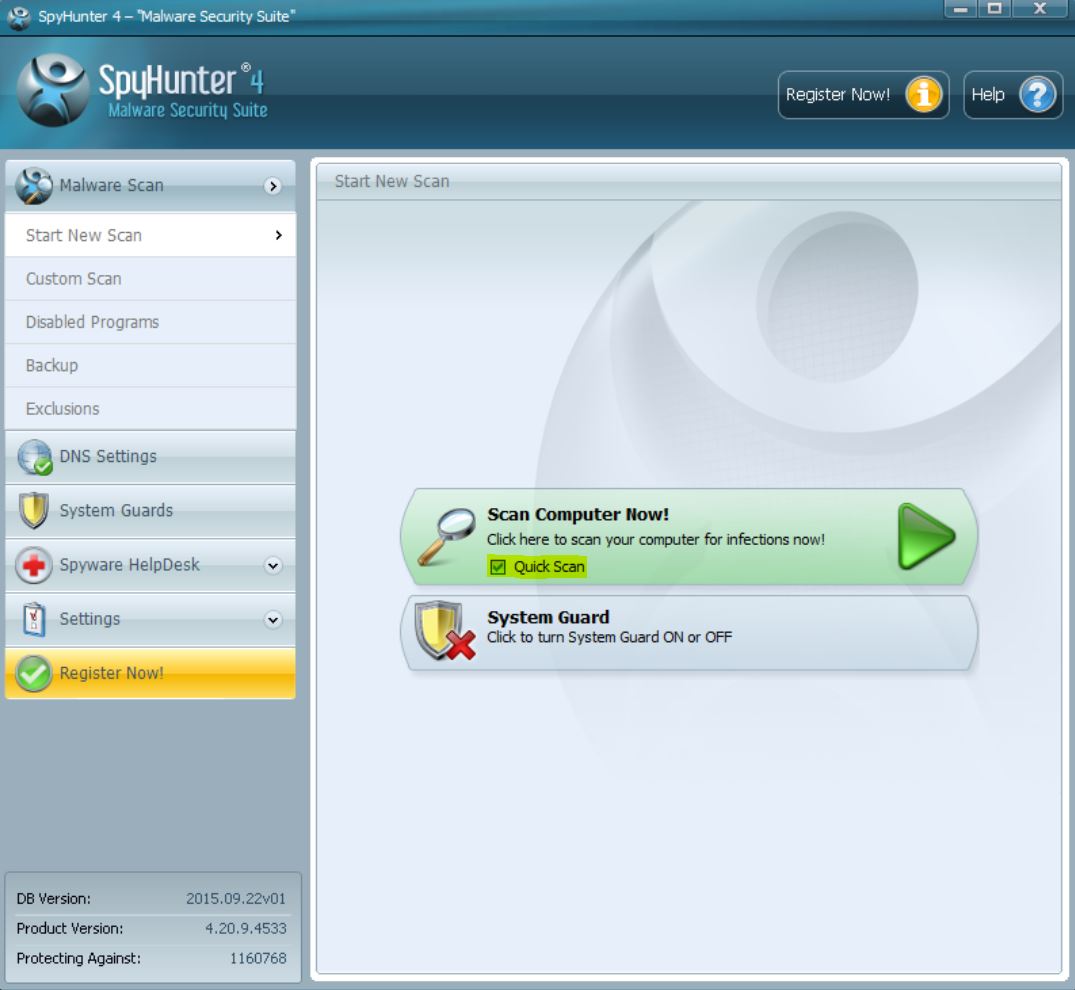
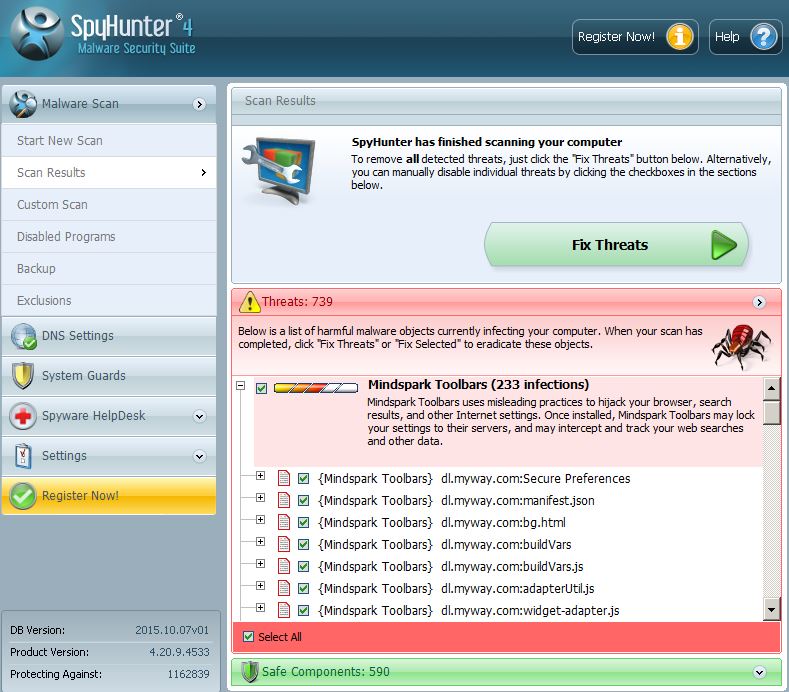
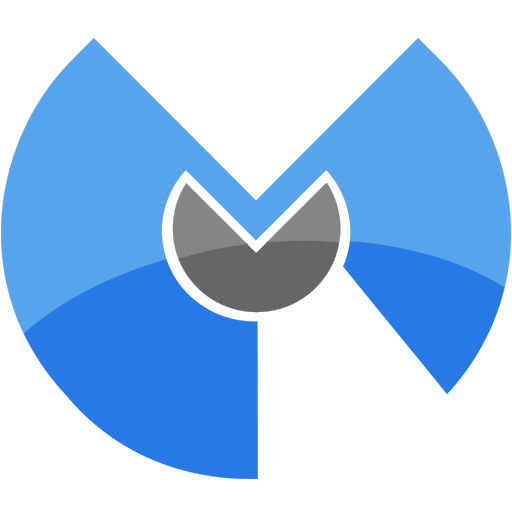 1. Install Malwarebytes Anti-Malware to scan for and remove Trojan.Win64.Patched.qw.
1. Install Malwarebytes Anti-Malware to scan for and remove Trojan.Win64.Patched.qw.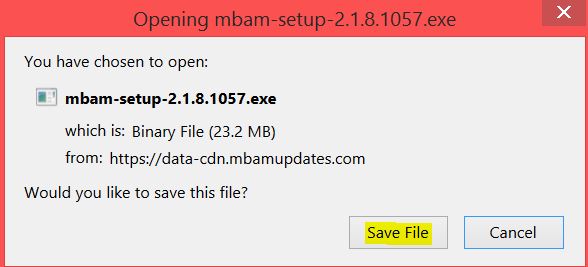

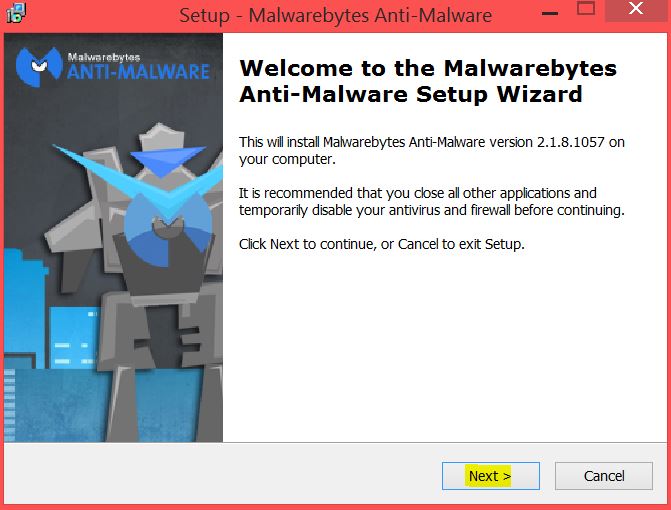
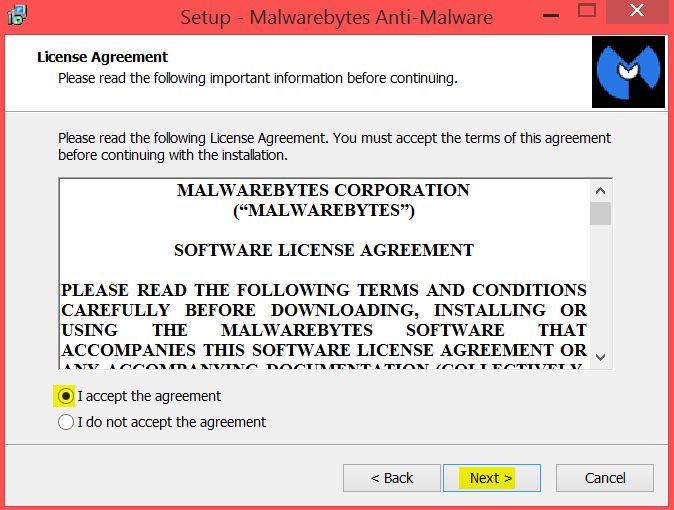
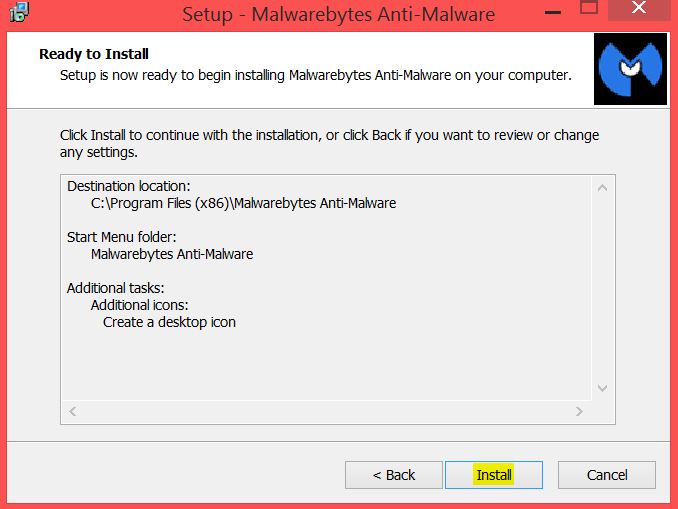
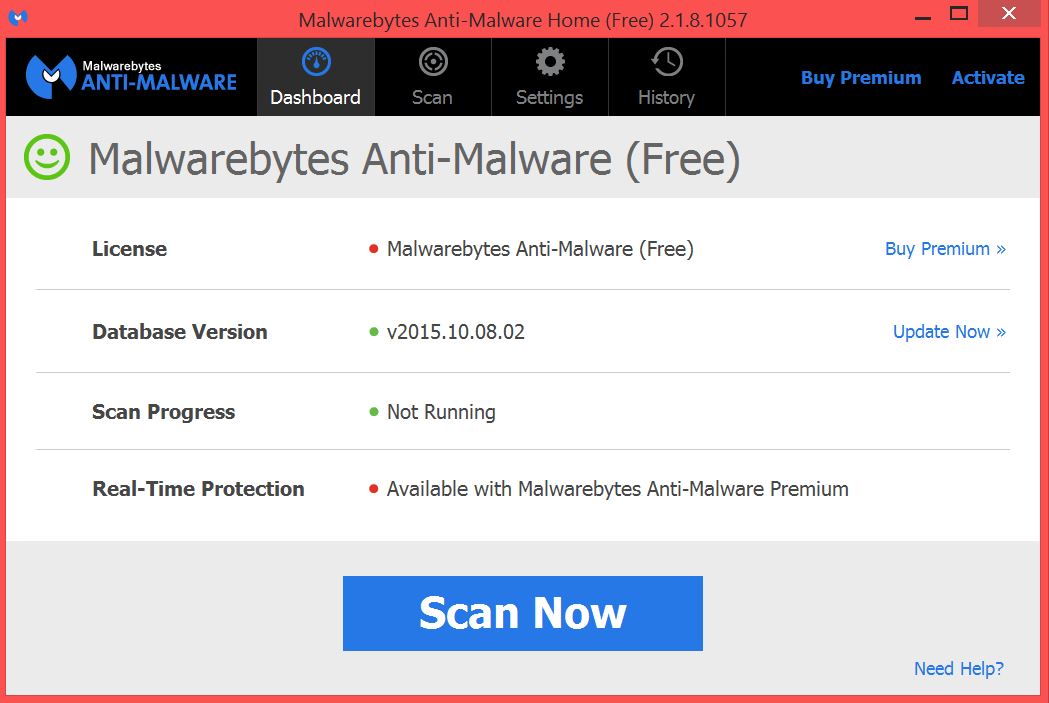
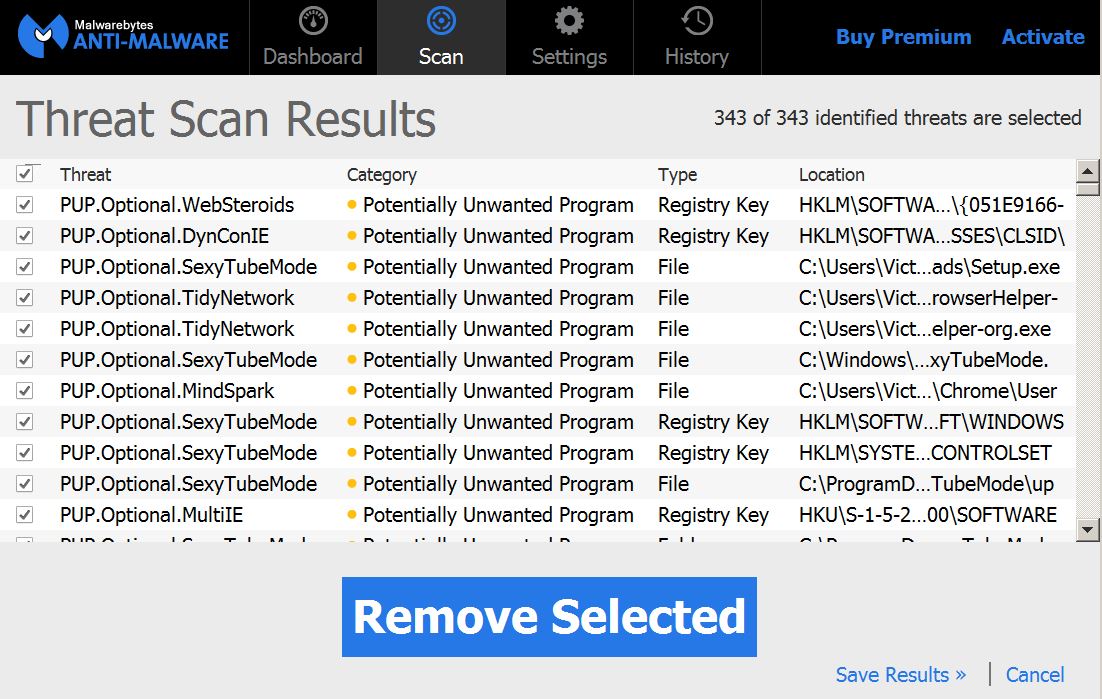
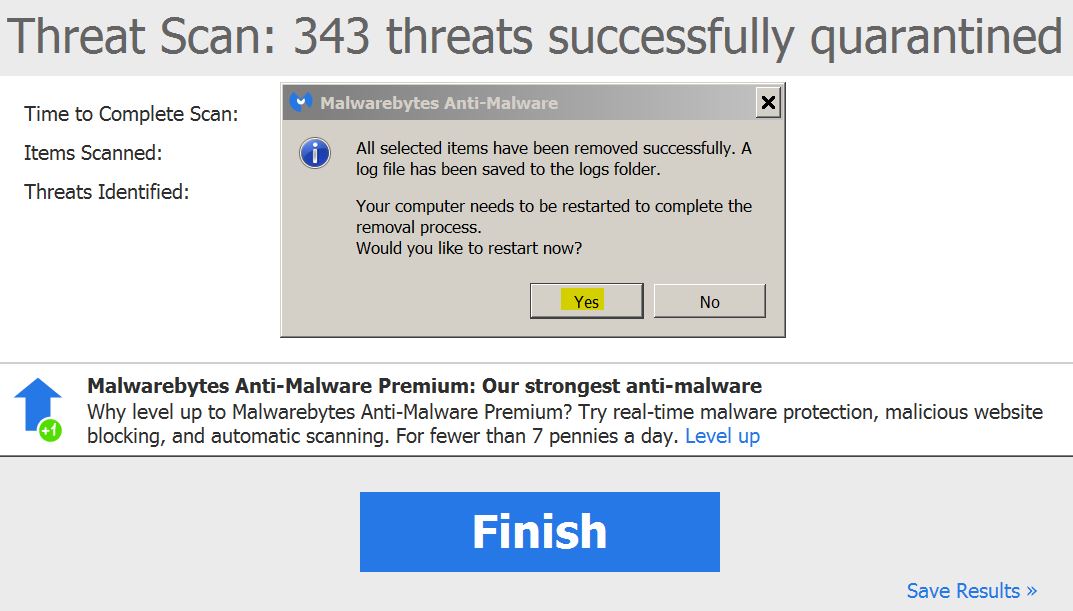
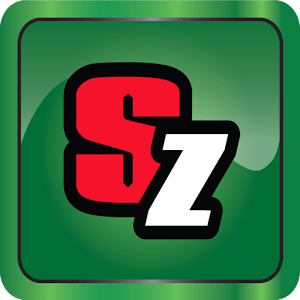 1. Install STOPZilla Anti Malware to scan for and remove Trojan.Win64.Patched.qw.
1. Install STOPZilla Anti Malware to scan for and remove Trojan.Win64.Patched.qw.